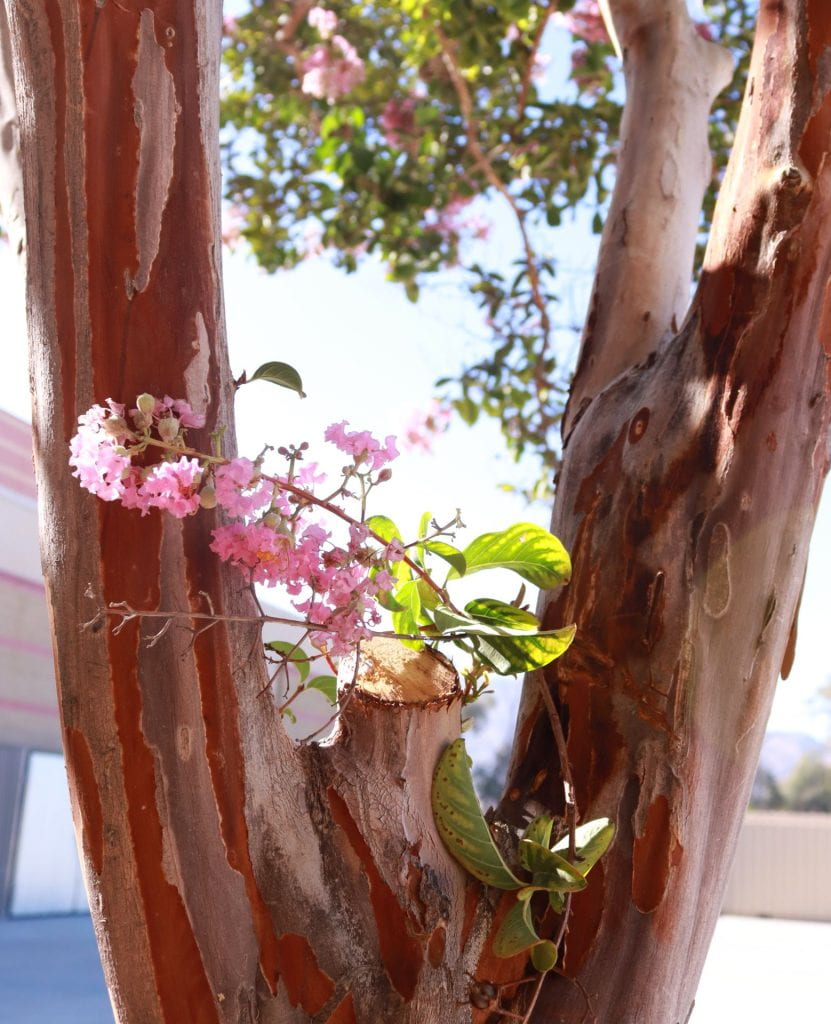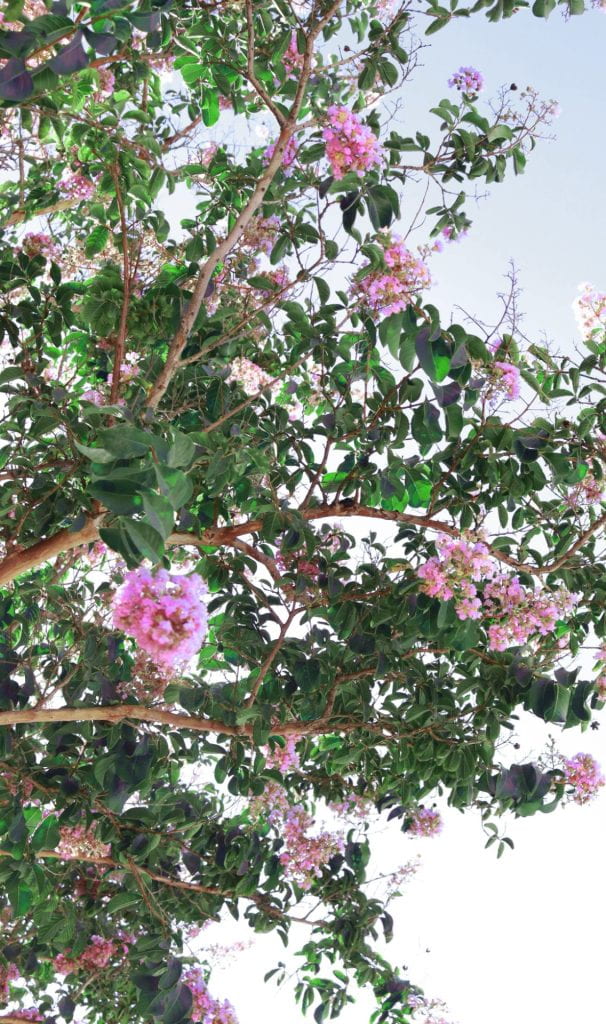



Renata Velasco.




So far, I have learned that having a fixed detachable camera Lense is better than having a zoom Lense for many reasons, and one of the most important reasons is due to the F stop. The F-Stop has to do with the Aperture, and the lighting of the room. The shutter speed is important due to how the camera closes to capture the object/action that is being captured which also contributes to the exposure. It is important to understand all these modes and exposures, because then you’ll be able to CAPTURE the moment you’re experiencing. The ISO takes place as well; it determines the sensibility the camera is towards the light that is taking place. It helps increase the image noise when high and low IOS speed for low mage noise. There are many different camera modes that might seem the same but aren’t, for example Portrait and Landscape, both work by the camera trying to choose between a High or low F-stop. Portraits have low F-stops which will blur everything but the object, etc. you are trying to get. Landscape has High F-stop which ensures a large depth of the place, etc. and focuses on distant items. Sports/Action tries to capture a moving object which has high shutter speed. Night/low light permits you to get the right picture when photographing in dark areas. Bulb (B) is a useful mode for exposure which lasts longer than 30seconds. Manual (M) controls all for the weather that’s occurring. Auto takes photo as is, selects its own modes and all. Program (P) Selects all but ISO speed and exposure compensation. Aperture priority (Av or A) The camera only determines the shutters’ speed. Shutter Priority (Tv or S) the camera only manages aperture, and we manage the rest.
Welcome to your brand new blog at Edublogs!
To get started, simply visit your blog’s dashboard, edit or delete this post and check out all the other options available to you.
We can walk you through step-by-step in our guide to getting started with your blog.
Happy blogging!